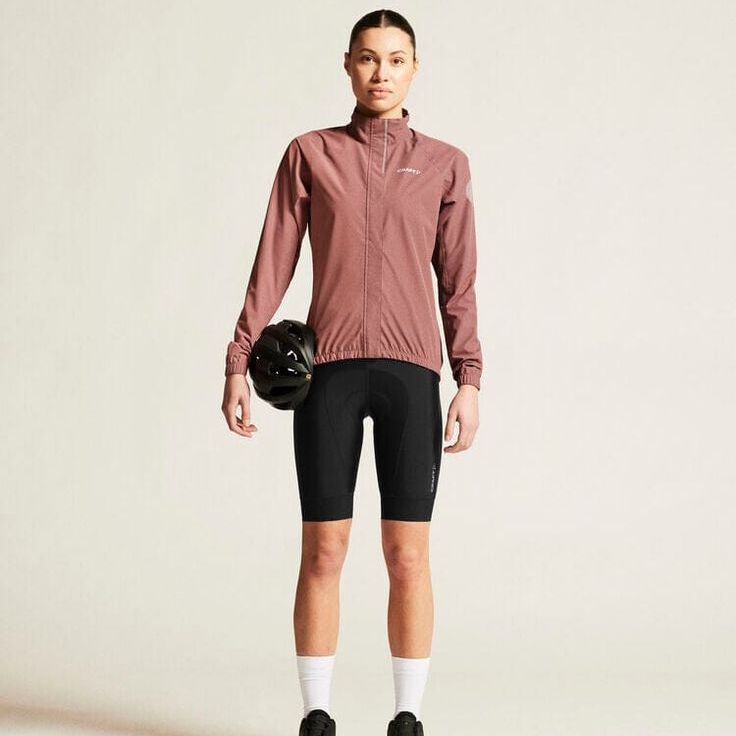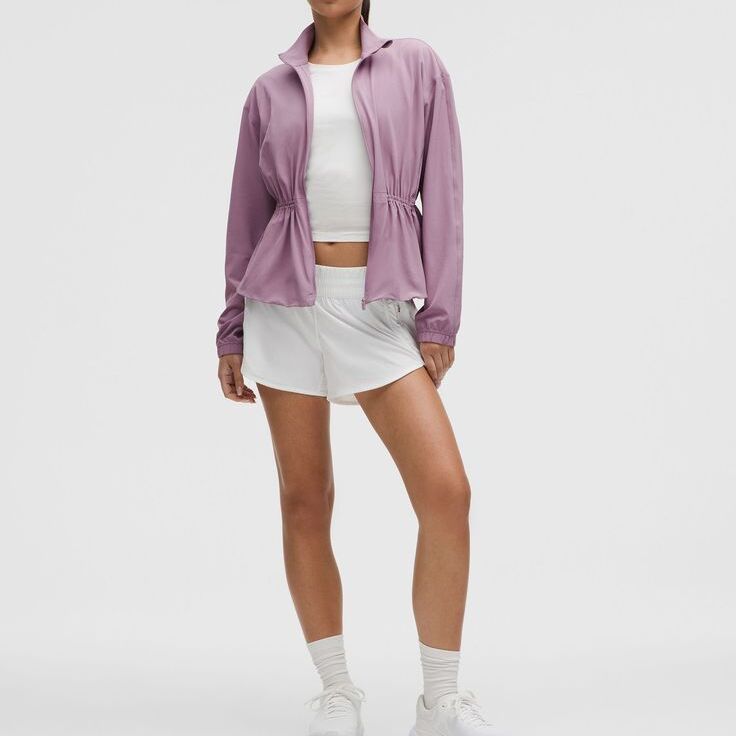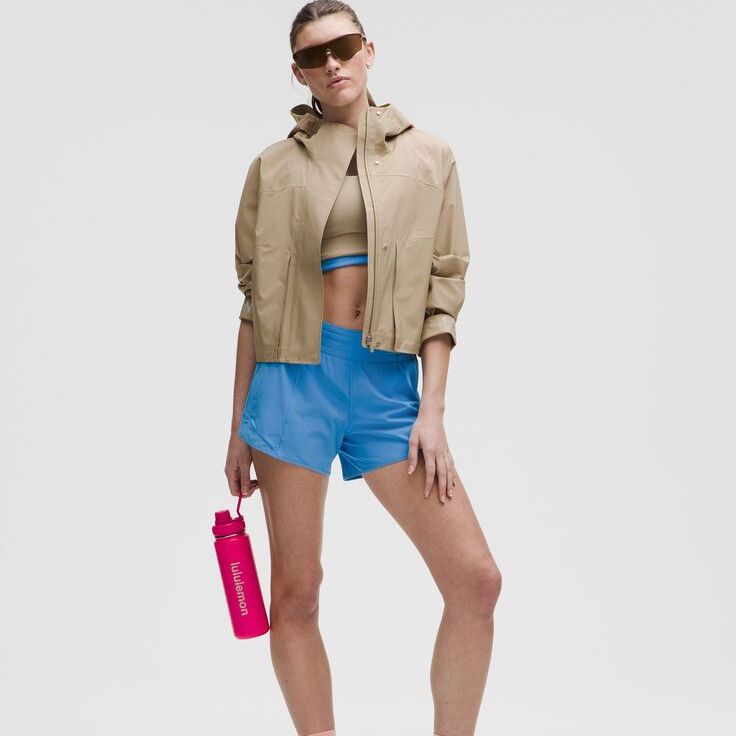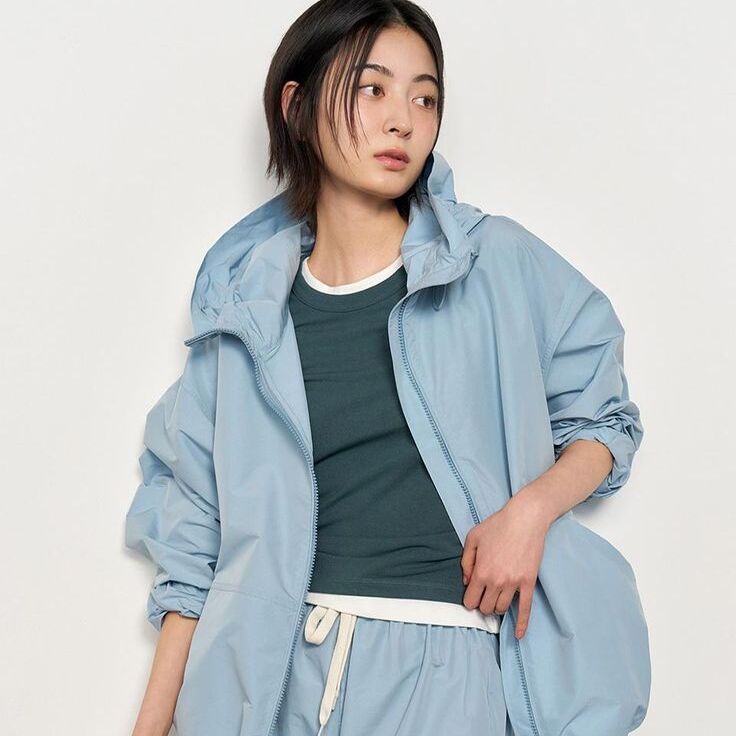As a dedicated runner, achieving optimal performance during your runs requires more than just a great pair of shoes. A well-chosen running jacket plays a crucial role in your layering system, protecting you from the elements while ensuring your comfort. Proper layering techniques enhance your performance, allowing you to focus on your stride rather than battling the weather. This comprehensive guide will delve into essential layering tips for incorporating a running jacket into your wardrobe effectively, ensuring you find the perfect balance of style, comfort, and functionality.

Contents
- Understanding the Importance of Layering in Running
- Choosing the Right Running Jacket for Your Needs
- Essential Base Layers to Wear Under Your Running Coat
- Effective Mid-Layers for Insulation
- Layering Techniques for Changing Weather Conditions
- Accessorizing for Complete Layering Solutions
- Care and Maintenance for Your Running Layers
- Conclusion: Achieving Optimal Performance with Layering
Understanding the Importance of Layering in Running
Layering stands at the forefront of effective athletic gear for a reason. Whether you face chilling wind, drizzling rain, or a sudden drop in temperature, the right layers allow for adaptability in fluctuating conditions. A running jacket often serves as the top layer but understanding the underlying principles of layering will help you maximize your performance.
The base layer, typically made of moisture-wicking fabric, sits directly against your skin and pulls sweat away to keep you dry. Next, the mid-layer retains warmth and regulates body heat. Finally, the outer layer, your running jacket, protects against environmental elements such as wind and rain. Each layer plays a specific role, ensuring comfort and efficiency during your runs.
Using a smart layering strategy significantly enhances your running experience. Properly layered clothing prevents overheating, reduces the risk of chills, and allows for rapid adjustments as weather conditions evolve. Select pieces that work harmoniously together to create a well-designed system that complements your body shape and your running style.
Choosing the Right Running Jacket for Your Needs
When selecting a running jacket, consider the specific conditions you commonly encounter. Running jackets come in various materials, styles, and functionalities designed to address different weather challenges. You may require jackets that offer breathability, insulation, waterproof capabilities, or a combination of these features, depending on your local climate.
- Breathability: For warmer weather or high-intensity runs, choose a lightweight running jacket made with breathable fabrics. Look for jackets with mesh panels or ventilation zippers that promote airflow, preventing overheating during rigorous exercise.
- Waterproof vs. Water-Resistant: If you often run in wet conditions, investing in a waterproof jacket is essential. Waterproof jackets offer complete protection from rain while maintaining breathability. Conversely, water-resistant jackets provide a lighter barrier against drizzle but may not keep you dry during extended downpours.
- Insulation: For colder environments, opt for jackets designed with insulation that retains warmth without adding bulk. Look for materials such as fleece or down linings to ensure comfort during winter runs.
- Wind Resistance: Running jackets designed to be windproof can make a significant difference on blustery days. These jackets often include fitted cuffs, adjustable hems, and high collars to shield you from harsh winds.
When layering, aim for a running jacket that serves your specific conditions while maintaining flexibility and comfort. Choose a jacket with reflective elements if you plan to run in low-light conditions, enhancing visibility for safety.

Essential Base Layers to Wear Under Your Running Coat
Selecting the right base layer significantly contributes to your overall comfort during runs, especially when layered with a running jacket. Your base layer should achieve two primary goals: moisture management and comfort.
Opt for materials such as polyester, merino wool, or nylon known for their moisture-wicking properties. These fabrics whisk sweat away from your skin, reducing the chilling effect moisture can have when temperatures drop. Avoid cotton-based products, as they retain moisture and can lead to discomfort and chafing over time.
Consider the weather conditions you will encounter:
- Warm Weather: In warmer climates, choose sleeveless or short-sleeved tops made from lightweight fabrics. Look for designs that feature mesh panels for increased airflow. Pair these with your running jacket, which can be easily removed if the temperature rises during your run.
- Cool Weather: For cooler conditions, select long-sleeved base layers to trap body heat. Lightweight, breathable long-sleeved tops made from performance fabrics offer insulation without hindering movement.
- Colder Climates: A thermal base layer made from thicker insulating materials is beneficial. Look for additional features like thumb holes or extended waist lengths that provide extra coverage.
By choosing appropriate base layers, you’ll enhance moisture management and temperature regulation. This preventative strategy allows you to maintain an ideal core temperature while protecting your skin from potential chafing.
Effective Mid-Layers for Insulation
Mid-layers work together with your base layer and running jacket to provide essential insulation and warmth during cooler runs. Your mid-layer should hold onto body heat while still allowing breathability. Here are some suitable options for your layering system:
- Fleece Jackets: Fleece mid-layers provide excellent insulation without excess bulk. Choose lightweight fleeces that fit snugly beneath your running jacket. Look for designs with zippered fronts for versatility—this allows you to easily adjust your temperature during a run.
- Thermal Tops: Lightweight thermal tops made from synthetic or wool blends serve well as mid-layers. These tops retain body heat while enabling moisture management, preventing overheating with side vents or mesh panels.
- Lightweight Pullovers: Lightweight pullovers made from stretchy materials deliver versatile warmth. Opt for styles with thumb holes or extended lengths for added warmth and fit.
- Hooded Tops: For additional warmth, consider hooded mid-layers. The hood provides extra protection against cold air and can be worn underneath your running jacket for comprehensive coverage.
Layering a proper mid-layer enhances your comfort and ultimately boosts performance during the run. Remember to ensure a suitable fit; your mid-layer should not impede movement but rather serve as an adaptable layer for changing conditions.

Layering Techniques for Changing Weather Conditions
Successfully layering your running attire becomes essential when weather conditions are unpredictable. Weather can shift dramatically, so adapting your layers accordingly enhances comfort and maintains performance, whether you’re facing a chilly breeze or unexpected rain.
- Starting with Base Layers: On warmer days, begin with a lightweight and breathable base layer without an additional mid-layer. As temperatures fluctuate, add a mid-layer if conditions cool down and a running jacket if the wind picks up.
- Strategic Removal: If temperatures rise during your run, cling to the principle of “less is more.” Remove the running jacket and tie it around your waist or pack it in a pocket if your jacket offers this option. Adaptability helps you adjust on the go, allowing your body to regulate heat effectively.
- Layering Up: In cooler conditions, add your base layer, mid-layer, and running jacket from the beginning. This layered approach helps you maintain warmth throughout the duration of your run. Be prepared to peel off a layer if you begin to overheat or feel comfortable as the sun warms you.
- Planning for Rain: If forecasts predict rain, prioritize your outer layer. Wear a waterproof running jacket from the outset, paired with moisture-wicking base and mid-layers. Waterproof jackets often feature adjustable hoods and venting, contributing to comfort during rainy conditions.
By employing smart layering techniques, you’ll successfully adapt to changing weather, ensuring the maintenance of optimal performance throughout your runs.
Accessorizing for Complete Layering Solutions
While your running jacket, base, and mid-layers are critical, don’t overlook the importance of accessories to optimize your running experience. Properly chosen accessories help manage temperature, protect against elements, and reduce discomfort, ultimately enhancing your performance.
- Running Gloves: Invest in breathable running gloves that provide warmth without hindering finger mobility. Look for materials that wick moisture away, preventing sweat accumulation during your run.
- Headgear: A beanie or headband can offer additional warmth for colder conditions, while a lightweight cap protects against sun and rain. Many options on the market offer moisture-wicking properties, helping you stay dry and comfortable.
- Compression Socks: Compression socks provide support to your lower legs while enhancing circulation. These can be particularly beneficial for long-distance runners, delivering comfort during extended activities. Pair them with your favorite running shorts or even jean shorts for fun runs.
- Sunglasses: Essential for sunny days, quality running sunglasses protect your eyes and help maintain your focus during runs. Look for lightweight options with UV protection that stay securely in place, regardless of the pace.
By incorporating these accessories into your running gear, you’ll enhance comfort and performance, ensuring a comprehensive approach to optimal layering. Tailor your choices to fit your needs and local climate, creating a personalized running wardrobe that promotes efficient layering.

Care and Maintenance for Your Running Layers
Last but not least, caring for your running jacket, base layers, mid-layers, and accessories ensures longevity and performance. Improper care can lead to durability concerns, inhibiting the effectiveness of specialized fabrics. Follow these tips to maintain your layering gear:
- Read Care Labels: Always check the care labels on your running jacket and other layers. Each material often has specific washing and drying requirements. Ensuring proper care maximizes the lifespan of your garments.
- Washing Techniques: Opt for cold or lukewarm water to wash your running layers. Use a gentle detergent that doesn’t contain harsh chemicals, which can damage moisture-wicking properties. When washing your jacket, consider zipping it up and turning it inside out to further protect its surface.
- Air Dry: Whenever possible, air dry your running layers to prevent shrinkage and preserve fabric integrity. If you require a quicker drying option, select a low-heat tumble dry setting to prevent damage.
- Store Properly: Store your running jacket and layers in a clean, dry place away from prolonged sunlight to prevent fading. Using hangers or storage bags designed for athletic wear can help maintain the garments’ shape.
By adhering to proper care guidelines, you ensure that your running gear continues to perform optimally, providing ongoing support during your athletic pursuits.

Conclusion: Achieving Optimal Performance with Layering
Mastering the art of layering when incorporating a running jacket into your running attire becomes essential for optimal performance. Understanding the importance of each layer, selecting the right pieces, and utilizing effective layering techniques will significantly enhance your overall running experience. With the appropriate accessories and proper care, you’ll maximize both comfort and functionality.
Adapting your wardrobe to various conditions creates a personalized running system that ensures comfort through changing weather. Remember, layering is not just about keeping warm; it’s about effective temperature regulation, moisture management, and flexibility. By carefully selecting and combining layers, you’ll find yourself prepared for any run. After all, with the right gear—including your trusted running jacket—you’ll stride confidently, fully equipped to conquer every mile!